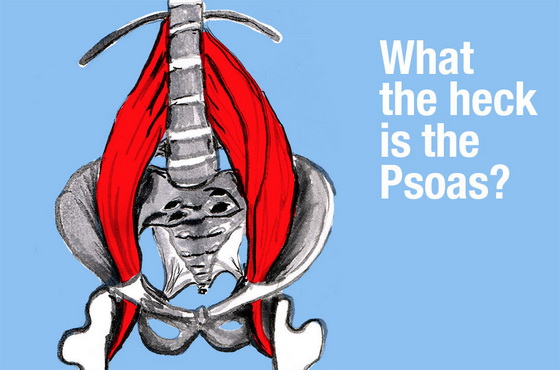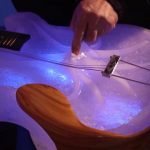Also called the ‘muscle of the soul’, it is the principal muscle associated with physical stability. The Greek called it psóās, meaning muscle of the loins, writes Bhagawati
If you’ve never heard about this psoas muscle (I hadn’t), here’s the gist of it: is the largest muscle in our bodies, stretching from the legs to the spine. The muscle flares out from vertebrae T12, following down the five lumbar vertebrae, before attaching itself to the top of the thigh bones, looking like a thick supportive scarf.

In addition to connecting the legs and spine, the psoas is connected to the diaphragm. Breathing is modulated at the diaphragm, the location where many physical symptoms associated with fear and anxiety manifest, resulting in stress. Built-up stress can biologically manipulate our wellbeing, and advertisers and politicians take advantage of it to brainwash humans. Called the “lizard brain,” it is the oldest part of the brain, the brain stem responsible for primitive survival instincts such as aggression and fear (“flight or fight”).
Now that hopefully got your attention.
Liz Koch, author of The Psoas Book, states that our psoas “literally embodies our deepest urge for survival, and more profoundly, our elemental desire to flourish.” This means that there is a lot more to the psoas than one might initially think. It is entirely possible to harness healing pranic energy and improve mental health by keeping the psoas healthy.
Looking at the illustration, it becomes obvious just how large, powerful and important this muscle is. My initial response was to immediately straighten up my torso while visualising the psoas, and in that moment I became keenly aware of my hips and the muscle holding up my spine and, consecutively, also my head; an overall feeling of lightness followed.
Yoga affinados are most likely intimately familiar with psoas, and of course all body therapists. Ancient yoga asanas, practiced by so many people nowadays, indeed focus on lengthening and releasing the psoas muscle and thus restoring comfort and balance to the entire body. With consistent practice, you can learn how to isolate this muscle, which can be immensely useful and healing in the long run.
If we store negativity such as fear for example, we cannot think clearly, as fear has the ability to shift our lifestyle, even control it. That’s why it’s so important we become aware of where fear is stored and how to release it.
Stretching the psoas muscle does more than just release tension. Stretching your psoas every day will work to loosen your mind from the hold fear and anxiety can have on your wellbeing and improve your body posture.
Comment: This article does not intend to provide medical advice, diagnosis or treatment. It merely suggests heightened awareness about the incredible intrinsic design of the human body.
 Bhagawati is a regular contributor
Bhagawati is a regular contributor
More articles by the same author on Osho News
Thanks to Waking Times, Collective Evolution, and SOTT




Comments are closed.